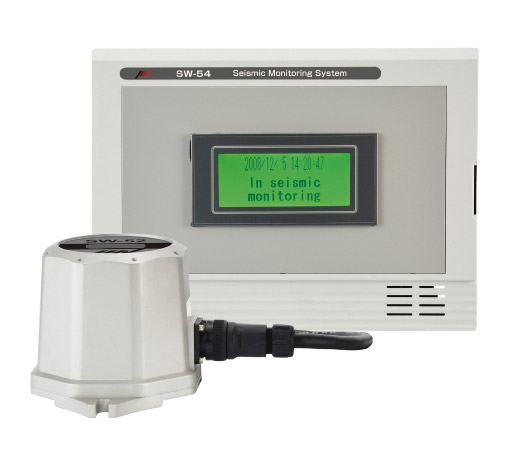Inteldevconference
Intel HPC Software WorkshopFrom Fault Lines to Data Lines: The Evolution of Seismic Monitoring Systems
Thursday , 2, May 2024 Business and Management Comments Off on From Fault Lines to Data Lines: The Evolution of Seismic Monitoring Systems
Image Source: Google
Introduction
Seismic monitoring systems play a crucial role in detecting and analyzing earthquakes around the world. These systems have evolved significantly over the years, from simple seismographs recording ground movements to sophisticated networks of sensors that provide real-time data on seismic activities. This article explores the evolution of an affordable seismic monitoring systems, from fault lines to data lines, and the technological advancements that have revolutionized the way we understand and respond to earthquakes.
The Early Days of Seismic Monitoring
Key Points:
- Early seismic monitoring systems relied on seismographs, which were mechanical devices that recorded ground movements caused by earthquakes.
- Seismographs provided valuable data on the location, magnitude, and depth of earthquakes, but were limited in their ability to transmit real-time information.
- Scientists had to physically collect seismograph readings and analyze them manually, which delayed the response time to earthquake events.
During the early days of seismic monitoring, scientists relied on seismographs to track and study earthquakes. These mechanical devices consisted of a mass attached to a pen that would record ground movements on a rotating drum. While seismographs were instrumental in providing valuable data on earthquake characteristics, they had limitations in terms of real-time monitoring and data transmission.
The Shift to Digital Seismic Monitoring
Key Points:
- Advancements in technology led to the development of digital seismic monitoring systems, which replaced traditional seismographs with digital sensors.
- Digital seismic monitors could detect and transmit seismic data in real-time, allowing for quicker analysis and response to earthquake events.
- These systems were able to capture a wider range of frequencies and provide more detailed information on seismic activities.
The shift to digital seismic monitoring systems marked a significant advancement in the field of seismology. Digital sensors replaced traditional seismographs, enabling real-time data collection and transmission. This innovation revolutionized the way scientists monitored and analyzed earthquakes, providing more accurate and timely information on seismic activities.
Modern Seismic Monitoring Networks
Key Points:
- Today, seismic monitoring networks consist of interconnected sensors placed strategically around fault lines and tectonic plate boundaries.
- These networks continuously monitor ground movements and seismic waves, providing real-time data on earthquake events.
- Data from these monitoring systems is used to create earthquake early warning systems and improve our understanding of seismic hazards.
Modern seismic monitoring networks leverage advanced technology to detect and analyze seismic activities. These networks are composed of a multitude of sensors that are interconnected and strategically placed to monitor fault lines and tectonic plate boundaries. By continuously collecting data on ground movements and seismic waves, these systems enable real-time monitoring of earthquake events and facilitate early warning systems.
The Future of Seismic Monitoring
Key Points:
- Ongoing advancements in technology, such as artificial intelligence and machine learning, are further enhancing the capabilities of seismic monitoring systems.
- Future developments may include the integration of satellite data and advanced modeling techniques to improve earthquake forecasting and risk assessment.
- Seismic monitoring systems are vital for enhancing preparedness and response strategies for earthquake events.
The future of seismic monitoring holds promising prospects with continued advancements in technology. Emerging technologies like artificial intelligence and machine learning are being incorporated into seismic monitoring systems to enhance their capabilities. Additionally, the integration of satellite data and advanced modeling techniques may pave the way for improved earthquake forecasting and risk assessment, ultimately enhancing our ability to prepare for and respond to seismic events.
In conclusion, the evolution of seismic monitoring systems has transformed the way we detect, analyze, and respond to earthquakes. From the early days of seismographs to the modern era of interconnected sensors and real-time data transmission, seismic monitoring has come a long way. With ongoing technological advancements shaping the future of seismic monitoring, we are better equipped than ever to understand seismic hazards and mitigate their impacts.